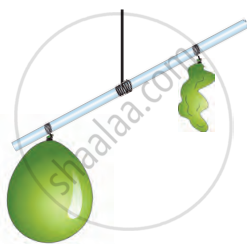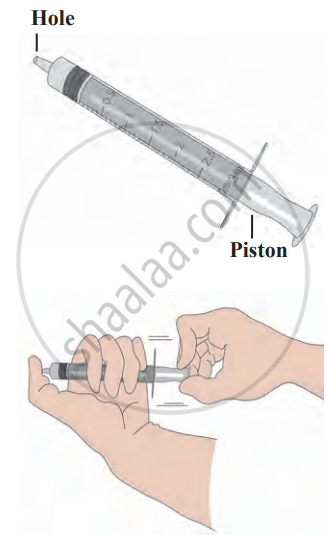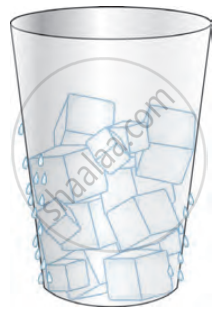1. Aim: To show how a difference in air pressure can create a fountain of water and explain the principle behind it.
2. Requirements: A plastic cup filled with water and two straws (one full-length and a small piece of another straw)
3. Procedure
- Fill a plastic cup with water and place one straw upright in the water.
- Hold a small piece of the second straw near the top of the first straw, making sure it is perpendicular.
- Blow hard through the small straw while keeping the first straw steady in the water.
- Observe that water shoots up in the form of a fountain through the first straw.
4. Conclusion: When you blow through the small straw, the air at the top of the first straw is pushed away, lowering the air pressure. Since the atmospheric pressure on the water in the cup is higher, it pushes the water up through the first straw, forming a fountain. This experiment demonstrates Bernoulli’s principle, which states that when air pressure is lower at one point and higher at another, air (or fluid) moves from high to low pressure, just like how winds blow.

Effect of air pressure




